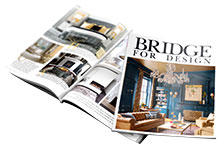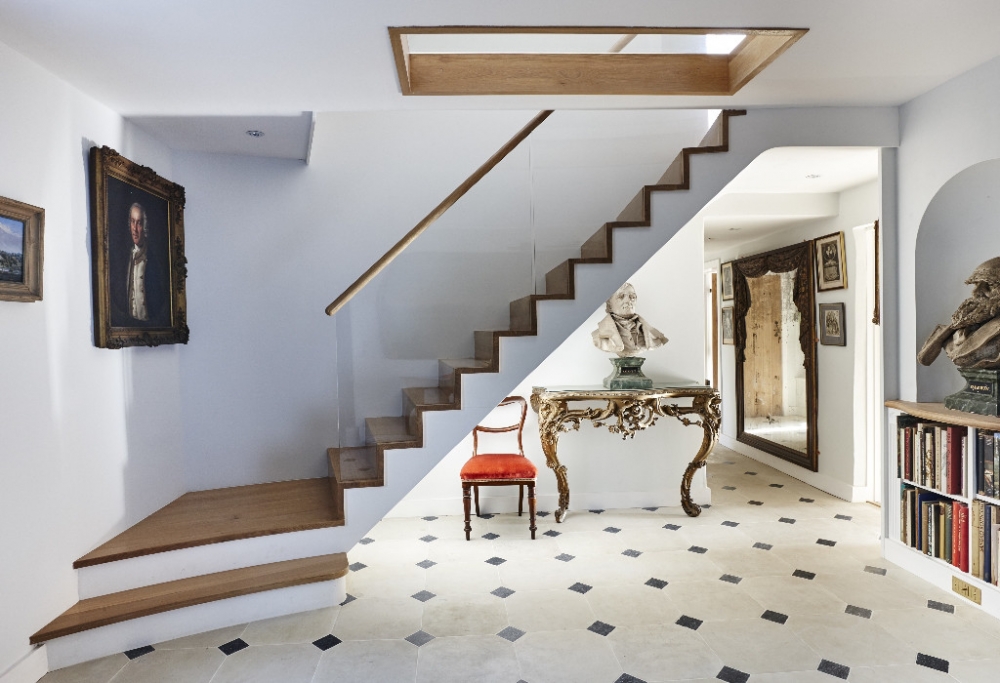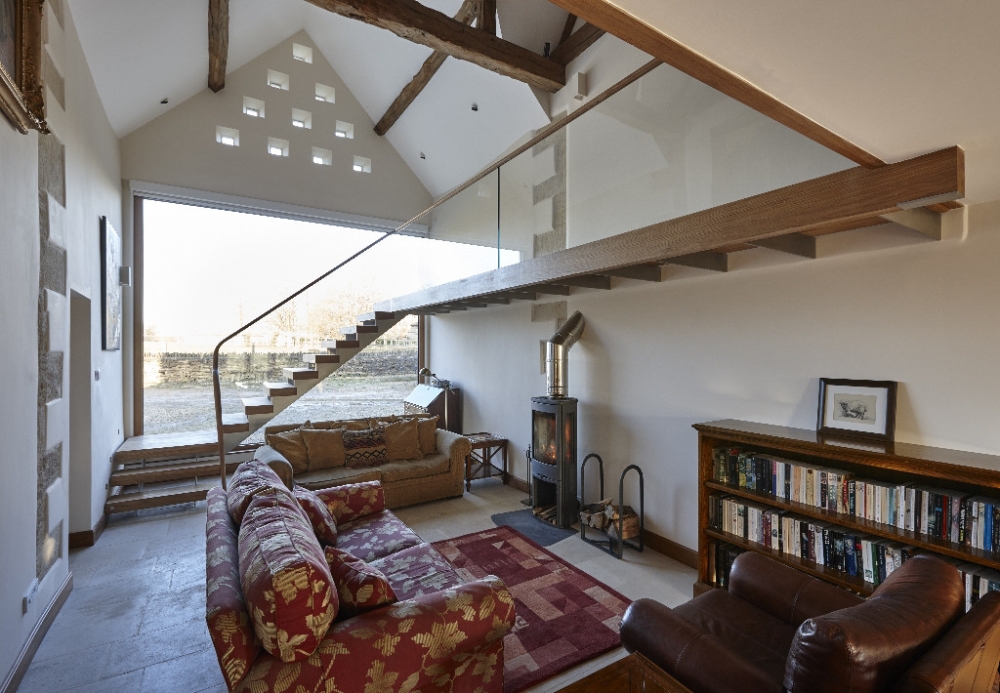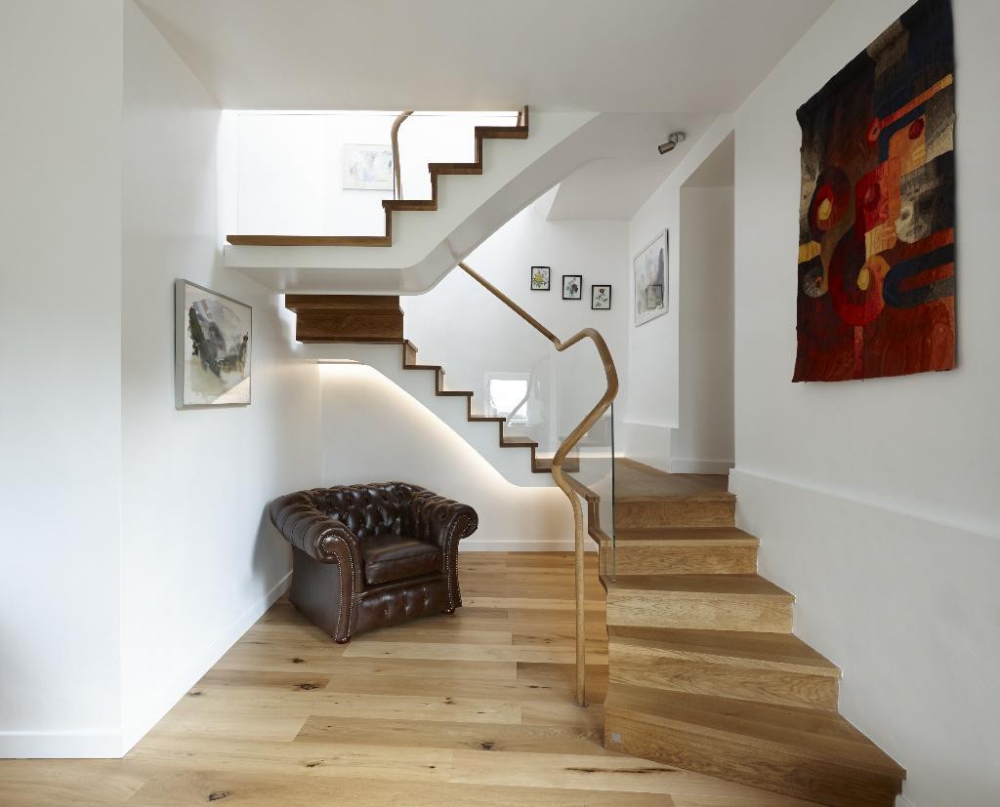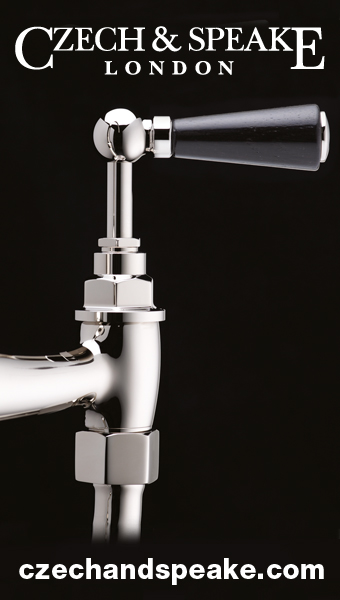The post-crash consumer is re-examining the values, institutions and lifestyles that led him astray and this soul searching has led to a different approach on many levels now that rebuilding has begun. Clients are again beginning to buy into bespoke manufacturing and attribute value to Made in Great Britain.
The very good news is that increasingly clients are seeking value in craftsmanship and durability. This has particular relevance for staircase design and manufacture. At the height of the boom, uber-modern and statement stairs were very much in vogue and it was all about making an impact; the clear trend now is towards timeless design, honesty and provenance. That is not to say we are going to see a jump in demand for traditional wooden staircases - rather the opposite. Consumers, now familiar with the concept of bespoke staircases, expect choice as standard. Component or off-the-shelf staircase solutions no longer meet the needs of those wanting freedom of choice in design, personalised materials and interfaces.
Space is increasingly at a premium in homes, and staircase designers often have to maximize the illusion of light or openness, incorporate storage areas or work cleverly around room entrance and exits whilst executing a staircase design brief. The ability to tailor exact shape or choose specific materials is becoming more important to the overall success of a project.
The UK’s aging housing stock is breathing new life into the refurbishment market as consumers and developers alike see the value of working with existing structures, rather than embarking upon a new build project as may have been the case previously. Refurbishment projects are where intelligent design is crucial to achieve successful and empathetic cohesion between old and new. The clever part about design is having the ability and insight to incorporate both traditional and contemporary materials into a commission that withstands the test of time. Getting the staircase right plays a crucial role.
Architects’ plans for period properties rarely exist and structural analysis is usually required before renovation work. Supporting walls need to be identified and the condition of timber and existing masonry must be checked before attaching or drilling into. Interfaces between existing and new will need to be cleverly designed in order to integrate the staircase successfully into the property. In these circumstances specialist staircase manufacturers come into their own. Even if the walls are not sound enough to support a cantilever staircase, hidden frameworks can be erected to allow the client to have this style of design.
Listed buildings often pose a design challenge where the designer has to work around protected structures like old beams. Helical staircases that require only connections at foot and head often work very well as walls can be avoided completely.
Every interior should be treated as a unique space – a sleek, stainless steel staircase works well in lofty spaces and buildings with a high-tech, contemporary style whereas a very grand home with an impressive entrance hall requires something more majestic. The stairs should interact with the building. The configuration of the staircase will depend on the space available. Attention to detail is vital. Glass balustrades and unobtrusive fixings create a sense of space and light whereas forged finishes have a real honesty and depth to them. Balustrades and handrails can be finished to match existing metal work in a refurbished property, for example, the antique brass of casement windows.
Today the staircase is no longer out of sight, out of mind, as the trend towards open plan living has promoted its importance. Being visible from key areas of the property, a feature staircase adds desirability and the wow factor as well as being functional.

